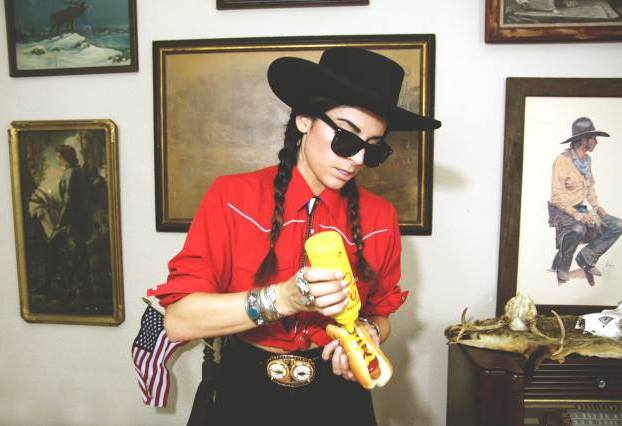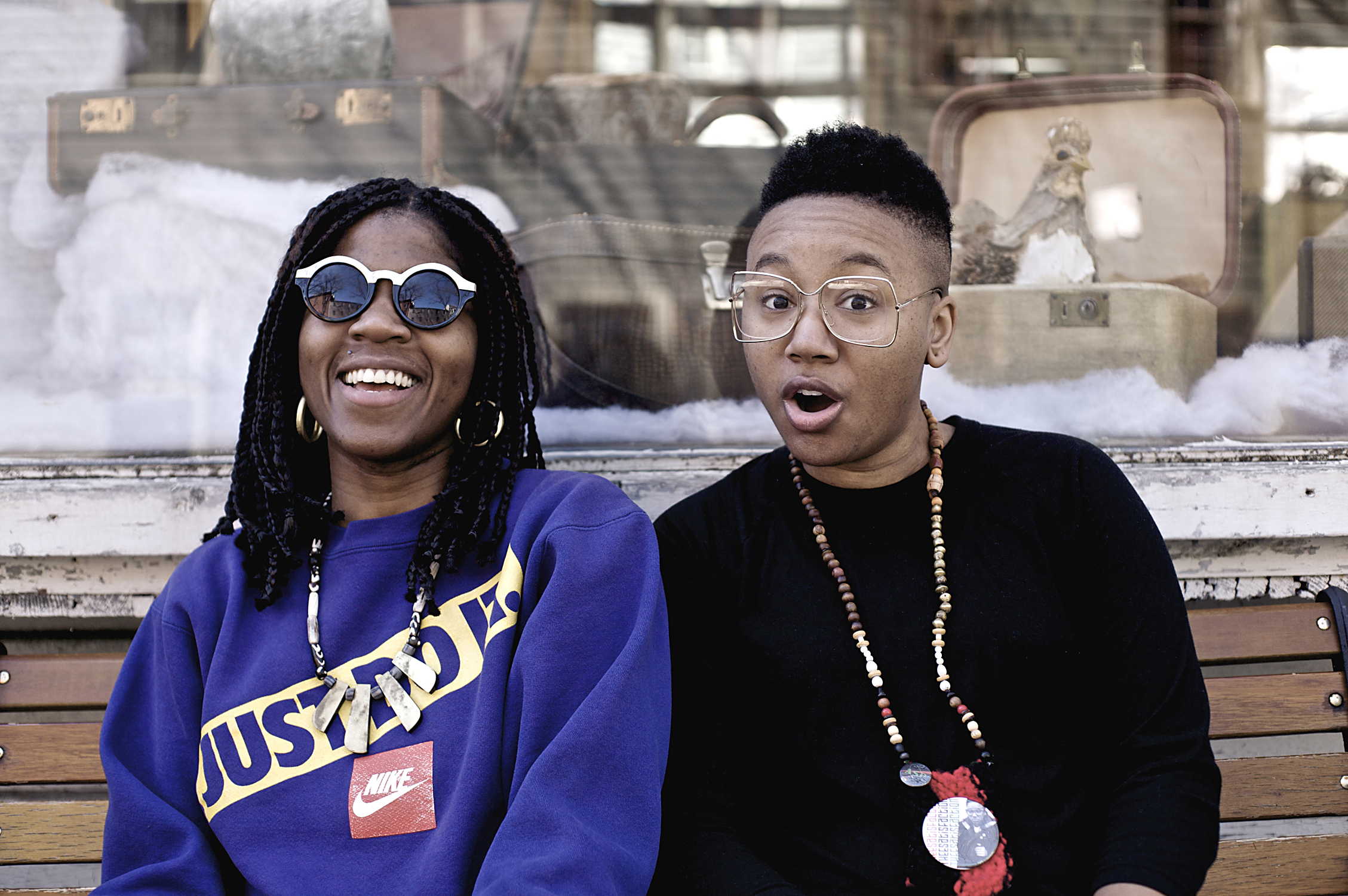Canadian singer/songwriter Basia Bulat is elusive when it comes to the inspiration for her third album, Tall, Tall Shadow.
“The record is really about losing a dear friend, and the songs are really personal to me. I tried to be honest about those feelings while trying to challenge myself as a musician.”
Gently asked about that loss, the 29-year-old Toronto native abstains, referring instead to the 10 tracks on the record.
“It’s been tough,” she says. “It’s so hard to turn [the experience] into a sentence or two. I’ve never been good at talking [about it]. I know it sounds pretentious, but it’s a lot easier to express myself through my music.”
For this album, co-produced with fellow countrymen Tim Kingsbury (Arcade Fire) and producer/engineer Mark Lawson (Arcade Fire, Beirut, Timbre Timbre), Bulat expanded her means of expression. Raised in part by a music-teacher mother who taught piano and guitar, Bulat first gained notoriety for her unusual choice of instrument: the autoharp. Yet unlike her previous two albums, Oh, My Darling and Heart of My Own—largely sparse, folk-driven, acoustic affairs—Tall, Tall Shadow credits Bulat with playing at least 14 instruments (Rhodes organ, pianette, Wurlitzer, and omnichord, for starters), not to mention the best instrument in her stockpile: her warm, resonant alto. John Donohue of The New Yorker aptly pegged it a “confident yet vulnerable tone.”
Lately, some have likened that voice to the pipes of Joni Mitchell, and you can hear similarities in the music’s soul- and emotion-mining lyrics, delivered in a feathery, fluttering style. Others hear Tracy Chapman in Bulat’s radiant, deeply rooted tone. Comparisons aside, Bulat’s vocals are a powerful force that just grab you in the gut. To wit, comedian Bob Odenkirk recently tweeted, “My god this girl sings like an angel. My favorite album so far this year.”
“What he doesn’t know is that he’s been making me laugh for years,” Bulat says. “I was so thrilled to read that.”
While this new album sees the performer behind more instruments than ever, Bulat says it’s a return to the basics for her: “It’s a lot about me going back to piano, which is where I started, and trying to figure out how synthesizers work; to think about sound in a different way.”
Replete with synths, from the propulsive rhythm of the title track to its drum programming, the release is Bulat’s most handled work to date, with thundering choruses and cacophonous instrumentation used in a way similar to Arcade Fire’s finely honed formula. Bulat purists, who prefer her simpler arrangements, might at first be taken aback, but two constants remain: the singer’s exquisite voice, in as fine a form as ever, and an enduring love with the world of stringed instruments.
The tender “It Can’t Be You,” for example, pairs her voice, to haunting effect, with the delicate sounds of the charango—“a small 10-stringed instrument I started playing right before [we started recording] Shadow,” Bulat says. “I really fell in love with it.”
The violin, on the other hand, which she has been attributed to play, is not yet in her repertory. “I definitely don’t play the violin. But it’s good for my brain when I hear it.” With Cate Le Bon, Kevin Morby.
Barboza, 925 E. Pike St., 709-9467, thebarboza.com. $13 adv. 7 p.m. Fri., Dec. 6.
gelliott@seattleweekly.com







